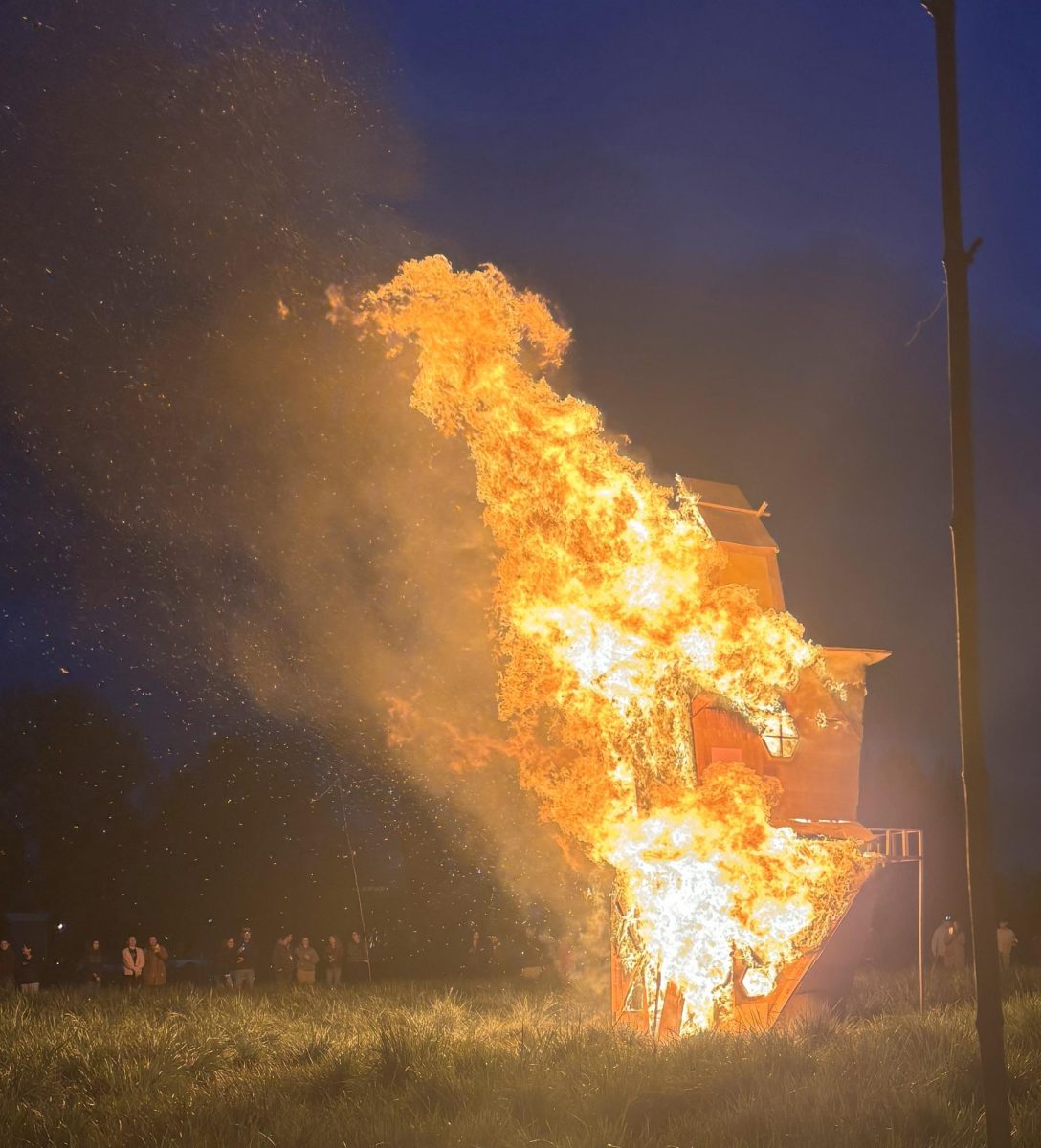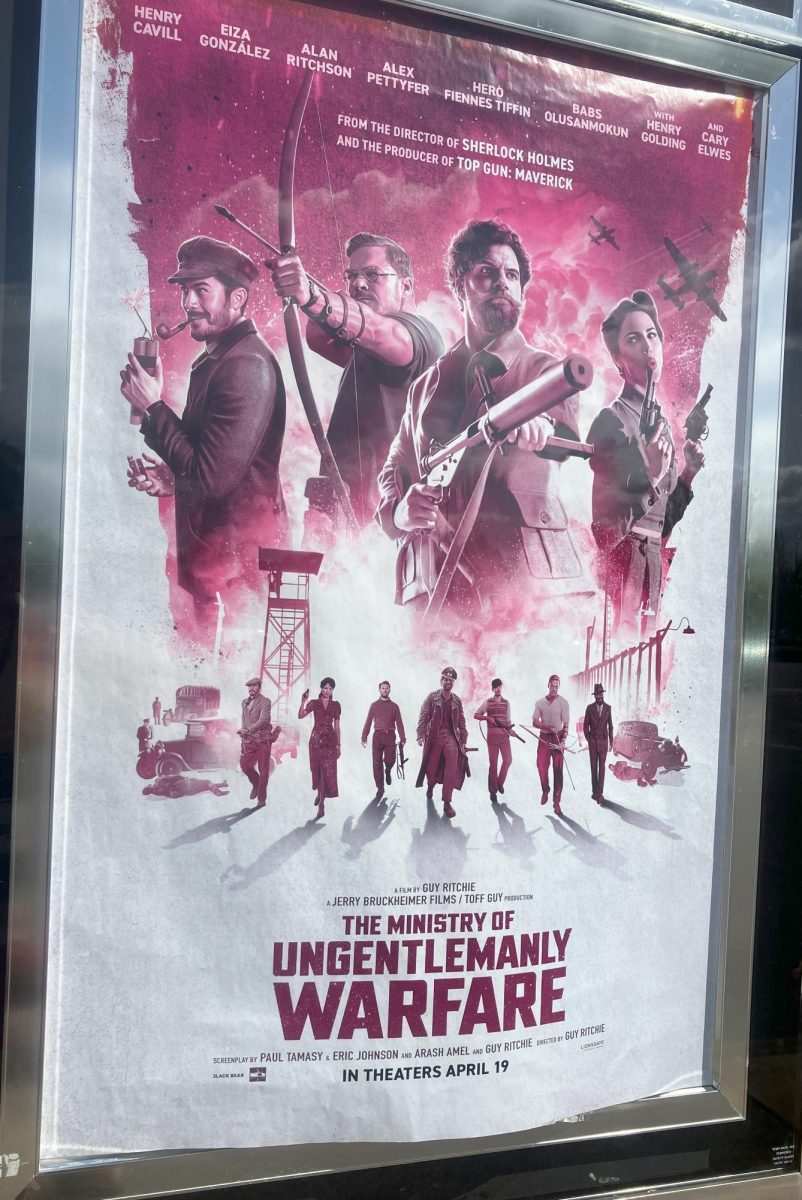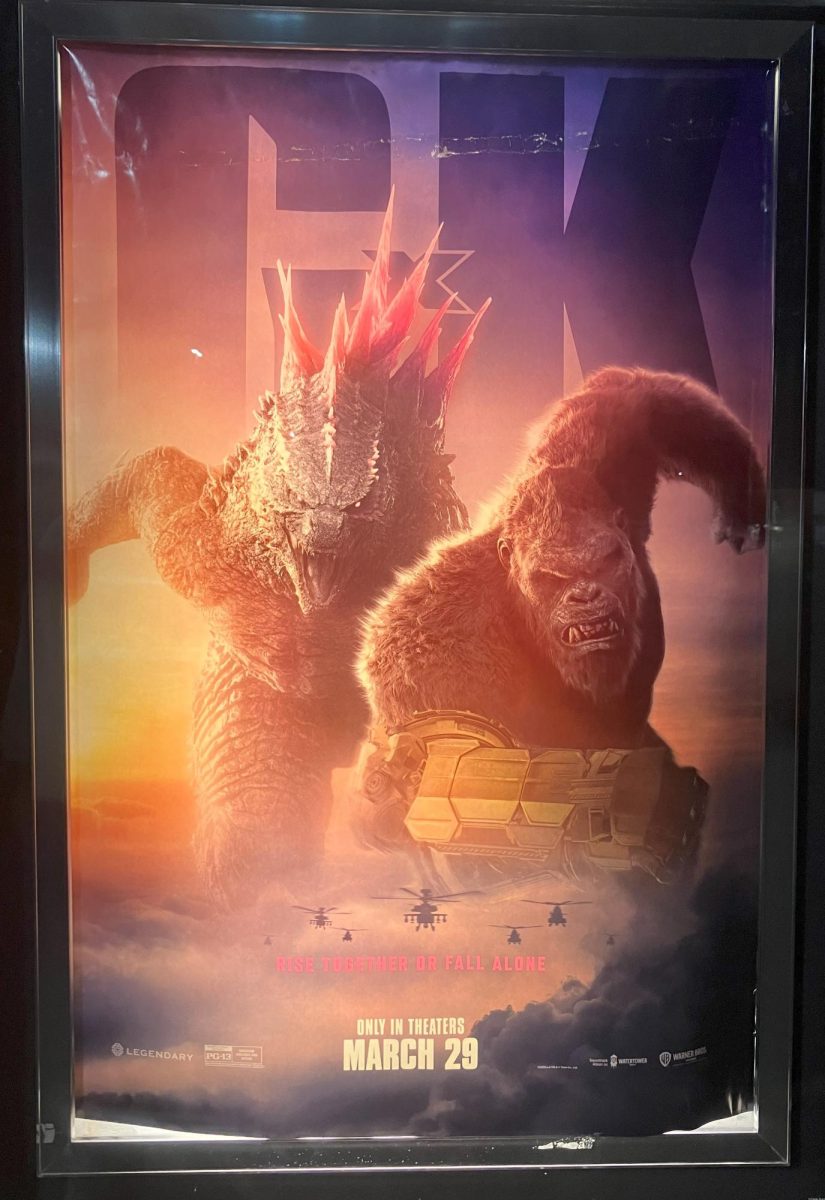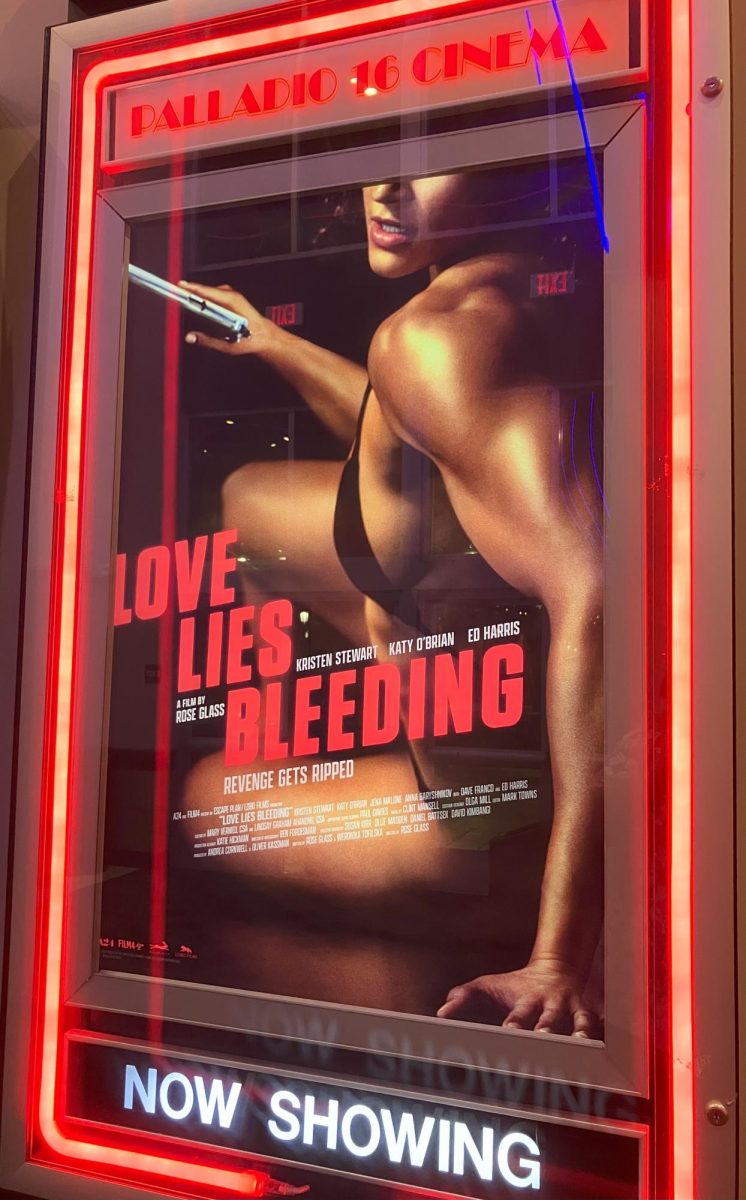Septembre Russell
“Man of La Mancha” is the first musical to be produced at Linfield in more than a decade, and it’s the first to be exhibited in Ford Hall.
“Man of La Mancha” is a classic musical based on the novel “Don Quixote,” an early 17th century novel by Miguel de Cervantes. The musical, originally adapted by Dale Wasserman, with music by Mitch Leigh and lyrics by Joe Darion, won seven Tony Awards in 1966.
Romanticism and nobility comprise, in part, the themes of “Don Quixote.” The novel details the experience he and his assistant have in jail recreating Cervantes’ prized manuscript that has been taken from him by accompanying prisoners. The manuscript is the story of Don Quixote, Sancho Panza, his servant, and Dulcinea, the woman of his heart.
Cervantes recounts his story using the prisoners for characters as an approach to regaining possession of his manuscript.
Direction and design credit go to Associate Professor of Theatre and Communication Arts Janet Gupton as stage director, Professor of Music Faun Tiedge as music director, Professor of Theatre and Communication Arts Tyrone Marshall as scenic and lighting designer, costumer Annelie Thurin as costume designer and Technical Director Robert Vaugh on sound design.
“We really had to look for a musical that had, more or less, one setting; a musical that you could pare down the orchestra or number of musicians,” Gupton said.
In addition to its adaptability, ”Man of La Mancha” was chosen for its thematic content and what it stands for, Gupton said. After choosing to produce it last spring, Gupton and Marshall began brainstorming ideas.
“I came to him with the idea that we should set it in contemporary times; we tried to think about how a modern-day Cervantes would tell the same story,” Gupton said. “I thought it would be a fun challenge in terms of staging and using a prison yard instead of a typical dungeon.”
The audience watches the performance through a chain-linked fence. The interest in staging it with that, Gupton said, was to reinforce some of the play’s themes, such as hope for those with less fortunate lives than others and the use of the imagination.
“Because the play, as written, is [during] the Spanish Inquisition, I had a hard time trying to marry modern instruments with a period piece that would be designed [during that time],” Marshall said.
He said he began to think about what could be done to make those two things go together. Marshall started to explore Guantanamo Bay and found a lot of images that gave him ideas for what the group could do to try to create the space.
“I actually found a cell block that had [a] silhouette shape to it, and when you looked down you could see there were cells on each side,” Marshall said. “I thought I’d keep that particular image and try to make that as the way to come in and out of the environment.”
Marshall said actors can enter through stage left or stage right, but the main entrance for Don Quixote and Sancho is through a center gate.
The play itself takes place in a multitude of different places, and multiple lighting effects help change locations inside the space, he said. The stage changes into a number of different things because of the texture and color the effects contribute.
The musical delivered the prospect for theater and music students to complement each other in a modernization of the landmark musical. The musicians double as prisoners onstage and are put together with the actors so their voices aren’t overpowered by instruments, but at the same time giving the actors the support that is necessary for them to sing, Gupton said.
“You really get an appreciation for what the different art forms do and how they go about doing it,” Gupton said. “We’ve had fun incorporating them in; it’s fun to have a crossover of students getting to know each other.”
Tickets are available Tuesday through Friday from 3-5 p.m. at the Marshall Theatre Box Office located in the lobby of Ford Hall. The box office extends its hours on performance days. Tickets may be purchased by phone or ordered online, with a service charge, at linfield.edu/culture. General tickets cost $15; students, staff and senior citizens of ages 62 and above can purchase tickets for $12.






